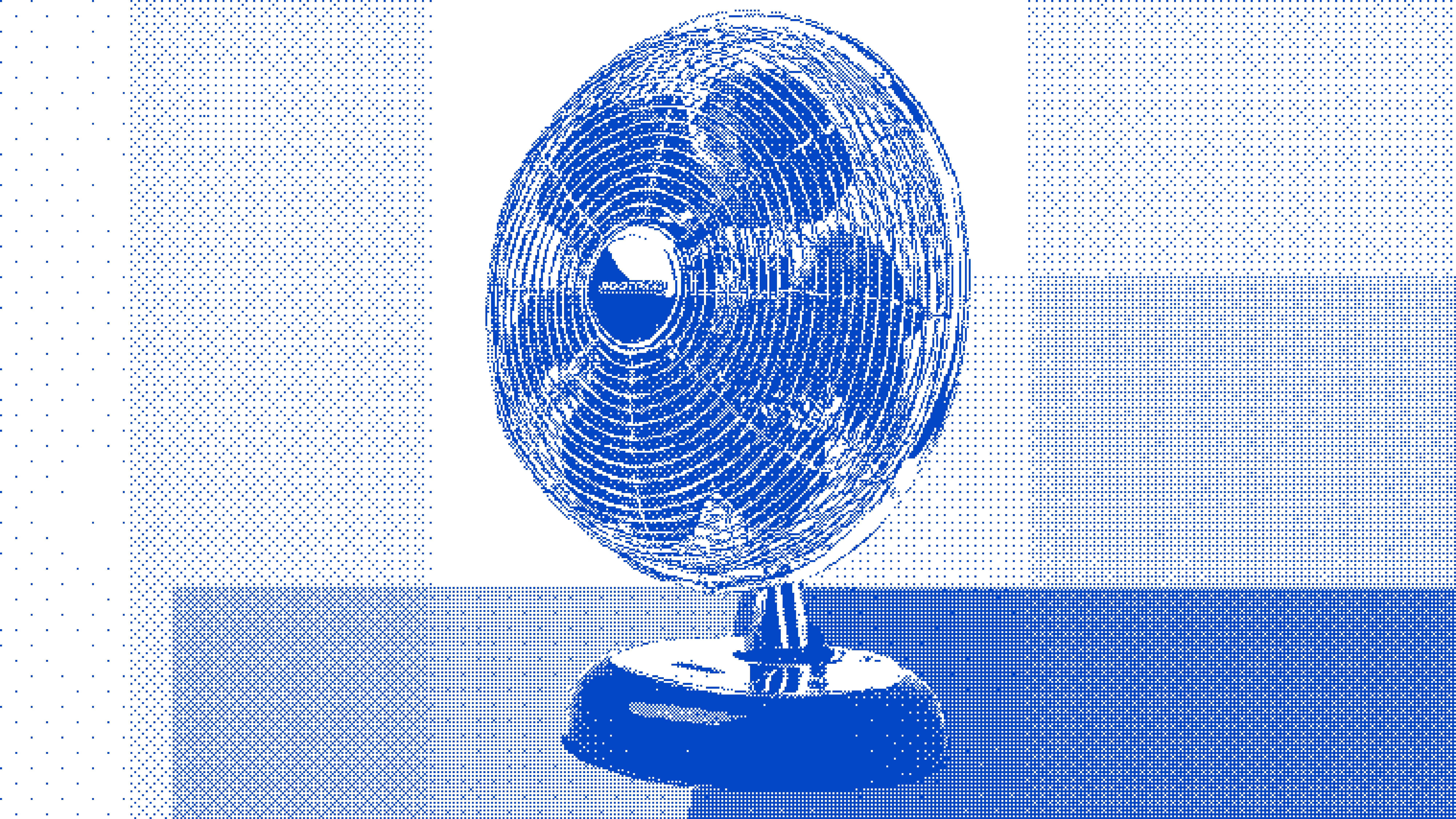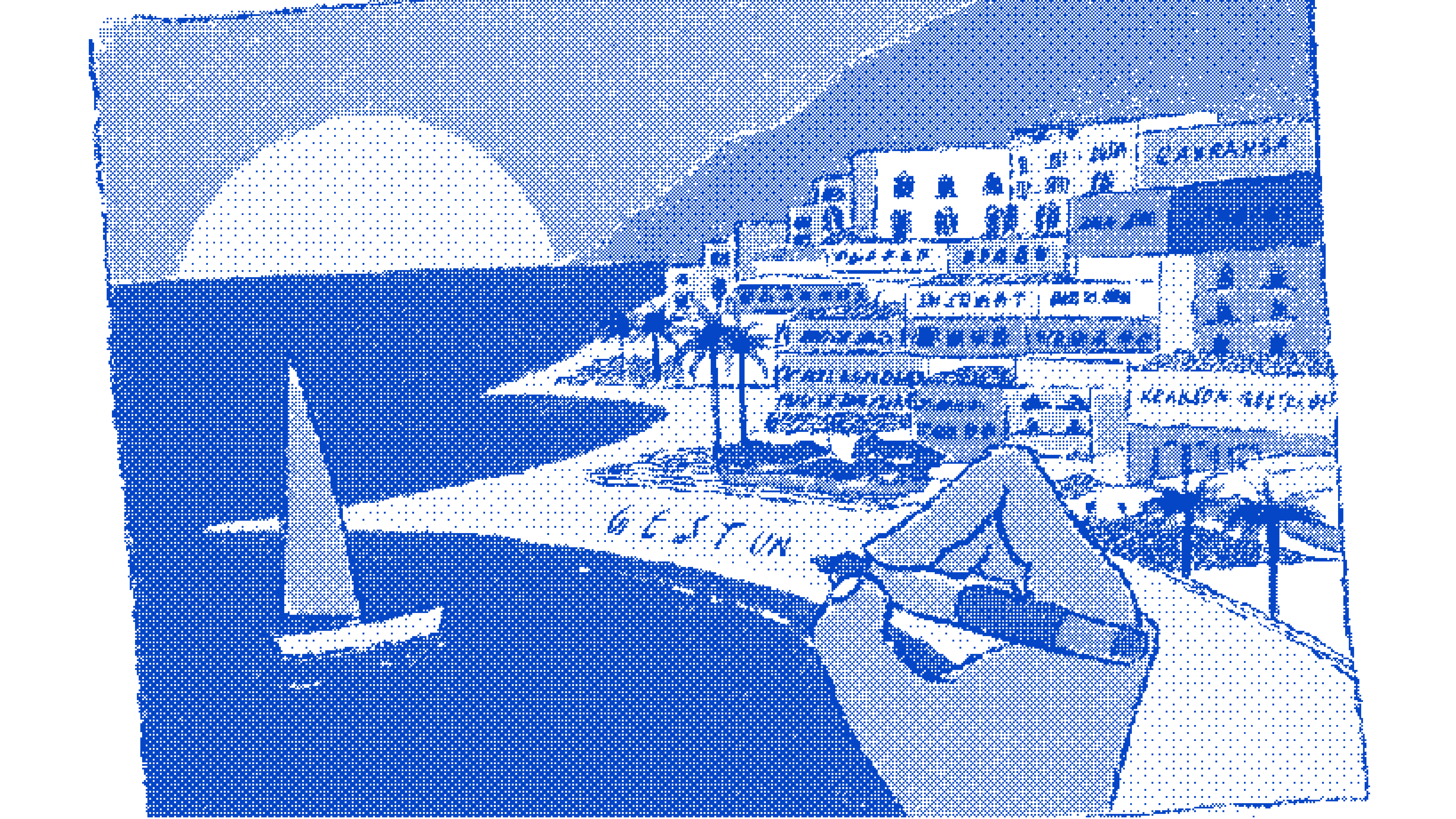Between Family Clashes, Brand Storytelling and the Real “Cold War”
Comfort Has Become Conflict
Some topics once felt settled.
The west or the south-east. Ice cubes in wine. Air conditioning.
And yet, in the summer of 2025, air conditioning has once again become the breaking point of terrace dinners. It divides, it irritates, it sparks heated arguments between eco-minded brothers-in-law and pregnant cousins.
It no longer just cools living rooms — it heats up tempers.
Meanwhile, under the shade of the awning, the numbers are falling — often misinterpreted. The air conditioner is blamed for everything: heat islands, blackouts, even melting ice caps. But in reality…
Air Conditioning: A Little Cold, a Lot of Fantasy
Let’s put the ice cubes back in the bucket.
Yes, air conditioning consumes energy. But its impact is far from the caricature.
- It accounts for roughly 1% of France’s greenhouse gas emissions.
- That’s about 5% of the building sector’s emissions.
- And around 10% of global electricity demand, according to the IEA.
The surge in power consumption during heatwaves is real: +13% in France on 30 June 2025, representing an extra 700–1,100 MW per degree of heat, according to EDF. One reactor at Golfech even had to shut down — unable to cool itself.
But here’s the truth: air conditioning doesn’t erase heat. It only moves it.
What Air Conditioning Actually Does
An air conditioner doesn’t create cold; it transfers heat from inside to outside.
It cools our living rooms, offices, bedrooms… by heating the streets. Not out of malice, but because that’s how thermodynamics works.
This heat rejection contributes to urban heat islands, especially at night. It’s not a crime — but a collective consequence, amplified by concrete and tarmac.
And yes, a highly air-conditioned district can register a few degrees more than another — the domino effect of outdoor split units.
In short: air conditioning doesn’t cause heatwaves, but it does make them more comfortable for some — and more uncomfortable for others.
(Image: building façade covered in air conditioners)
Recycling: The Hidden Side of the Machine
Behind its chunky, fan-like exterior, an air conditioner contains delicate technical materials:
Copper, aluminium, complex plastics, electronic boards…
And above all, refrigerant fluids, often classified as HFCs (Hydrofluorocarbons) — with a global warming potential up to 1,400 times higher than CO₂.
The good news? 90–95% of an air conditioner’s materials are recyclable.
And the recycling market is booming:
- Refrigerants can be recovered, repurposed or safely destroyed.
- Industrial players such as Veolia and Paprec are investing in these new sectors.
- Daikin, a pioneer, integrated its own treatment centres in Japan as early as the 2010s.
In short: air conditioning can become circular — provided brands take it seriously.
And some already have.
Brands Riding the Cooling Wave
The French HVAC (Heating, Ventilation, Air Conditioning) market is buzzing:
- Around €7 billion, driven by 45,000+ companies, including 20,000 active installers.
- Growth is fuelled by energy renovation, comfort demand, and rising temperatures.
Globally, the sector reaches USD 200 billion, with a steady upward trend. (A small tip for investors.)
But it’s no longer the age of the humble wall-mounted split unit.
The 2025 air conditioner is:
- Connected, quiet, ultra-designed,
- Powered by artificial intelligence,
- And sometimes even solar-driven.
The market has become a playground for marketers, with every brand fine-tuning its story.
Brand Landscape and Strategic Archetypes
Daikin Comfort — The Samurai of Silence
- European leader, manufacturing in Belgium and the Czech Republic.
- Eco-design, R32 fluids, premium service.
- Positions itself as the “Tesla of air conditioning”: sleek, efficient, virtuous.
- Storyline: mastery of the entire chain — from cooling to recycling.
Mitsubishi Electric — The Quiet Achiever
- France’s second-largest player, strong in air-to-air heat pumps.
- Not flashy, but solid, durable, technical.
- Targets demanding homeowners and businesses.
- Positioning: “the professional’s air-con for peaceful nights.”
LG Electronics — Design at 22°C
- Strong on value for money.
- Embodies a lifestyle vision of air conditioning: décor, mobile app, connectivity.
- Perfect for the stylish urban consumer who wants a chic, intelligent cooling companion.
Atlantic Climate — Solid French Made
- Reassuring, locally rooted brand.
- Strong in public contracts and residential markets.
- Highlights its local after-sales service, short lead times, and compatibility with state subsidies.
- Its bet: comfort through proximity.
Carrier / Haier / Electrolux Professional France — The Smart Challengers
- Carrier: the American giant, strong in B2B.
- Haier: ambitious Chinese brand, moving upmarket.
- Electrolux: premium domestic player with a quality image.
- Their weapons: competitive pricing, broad distribution, targeted upmarket expansion.
What These Brands Must Embody Tomorrow
- Circularity made visible: loud and clear commitments to component recovery and reuse.
- Energy labelling as desirability: R290, A+++, clean fluids — the new status symbols.
- Design + Tech + Conscience: the winning trio, especially when it becomes a lifestyle.
- “As-a-Service” models: rental, maintenance, refrigerant warranty, delivery and recycling — the new loyalty tools.
Air Conditioning as a Mirror of Our Times
In 2025, air conditioning is more than an appliance.
It’s a mirror of our contradictions.
We want comfort — but we want virtue.
We want cooler nights — without warming the neighbourhood.
We want to breathe — without guilt.
For brands, it’s a fascinating playground, rich with paradox.
Storytelling, industrial strategy and customer experience now collide around a single compressor. No speech without proof — in such a sensitive market!
If I were you, though, I’d invest in ceiling fans.
Widely adopted abroad but still niche in France, they’re the clever allies of coolness: efficient, economical, decorative, and trendy.
In France, they have a real place to reduce dependency on air conditioning — offering a durable, profitable alternative.
We’ll talk about Create, Westinghouse, and Dréo in an upcoming piece — if this one takes off



